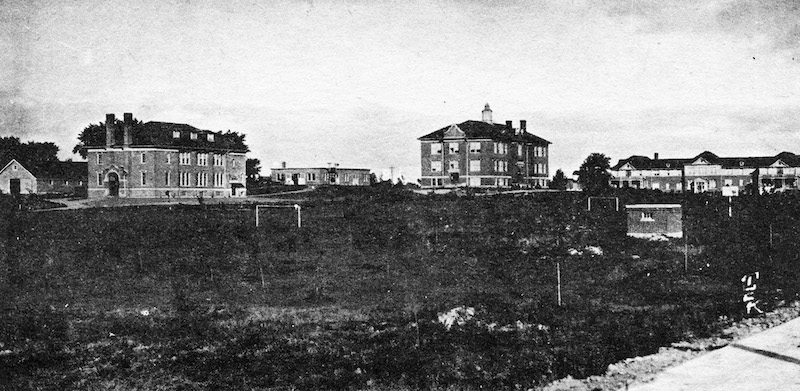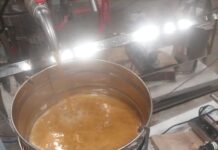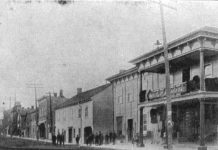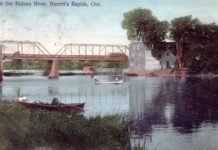The lands that were once the homesteads of pioneer families, then the location of an institution of learning and research, are now the home of the Kemptville Campus, setting out on a new era as a vital community hub for North Grenville. As it moved into the future, it’s important to remember the past, the heritage and history of a site that has been at the core of life in Eastern Ontario for more than century.
On September 21, 1916, the Kemptville Agricultural Society were holding their Annual Fair. The guest of honour was the Honourable G. Howard Ferguson, Ontario’s Minister of Lands, Forest and Mines and local boy made good. The country was in the middle of World War 1, and the area needed some good news, which Ferguson was happy to provide. Stealing the thunder of the Minister for Agriculture, whose announcement it should have been, Ferguson revealed that the Ontario Government would be establishing “a two-year course in Agriculture and Domestic Science in the Village of Kemptville”. As an ex-Reeve of the Village, and coming from a family with deep roots in the community, it is, perhaps, only fair that Ferguson got to break the good news.

building, and the Student Residences on the right.
But it would take some time to get the courses operating. First of all, land had to be found, and two farms were bought in 1916 from Thomas Murphy and Alex Armstrong, one on either side of the Ottawa-Prescott Highway (now CR 44) in Concession 4 of Oxford-on-Rideau Township. Over the years, the College would purchase other parcels of land. The house on the Murphy farm had been built by an earlier owner, Thomas McCargar, in the 1840’s and was completely renovated in 1918 to house the new President of the Kemptville College, W. J. Bell, and his family. Over the years, various alterations were made to the building, and it still survives today as The North Grenville Learning Centre is a non-profit, co-operative organization run by parents and community members.
It was not until 1919 that classes officially began at the College, then known as the Kemptville Agricultural School, when short courses were offered in Farm Power, Agriculture, and Domestic Science. The old barns on the Murphy farm were torn down and a new Judging Pavilion and Gymnasium were built in their place. This building is today known as Purvis Hall and was used as a Hall and Gym, where sports like indoor softball and basketball were played. Regular dances were held there over the years, as well as dancing classes, and in the last decades of the College contained the College Library upstairs
The downstairs space of Purvis has seen many events over the years, but was originally used for livestock demonstrations and classes. In 1919, there were 444 students using the building. From 1927, when the first College “Royal” was held, students showing their cattle would walk them across the highway from the farm buildings and into the Judging Pavilion. The building was used for the Royal down to very recent times. In 1920, the two-year course program started, as well as short courses in Domestic Science. The students had a curriculum that contained twenty-two subjects, including Public Speaking and English Literature, as well as the expected courses in various agricultural subjects and economics. This was the year of real progress in construction. The Administration Building was erected that year, and included student accommodation, a kitchen, dining room, assembly room as well as classrooms and offices.
In the 1920’s, summer courses were offered to public school teachers through the Ontario Department of Education, when as many as 300 teachers would spend the summer months preparing gardens and growing and maintaining what they had developed. Staff from the Central Experimental Farm in Ottawa also came to the KAS to help teach classes and do research. The grounds of the Campus are still impressive and the landscaping owes a great deal to the work of A. J. Logsdail, who arrived at the campus in 1920 and spent the next thirty years laying out the grounds, the walkways and choosing native species of trees and shrubs, and maintaining the orchard, while carrying on his responsibilities as teacher of Horticulture, Botany and Entomology. The paths were particularly welcome: before they were paved, they consisted of a line of planks, laid two by two, which the unfortunate habit of tilting up when you stepped on one end, often resulted in skinned knees and shins.
This was the beginning. By 1929, the Kemptville Agricultural School was just starting on a long and exciting history. The coming decades were to see unbelievable change and major strides in research and education, traditions which are being carried on in the new Kemptville Campus, paving the way for generations to come.








